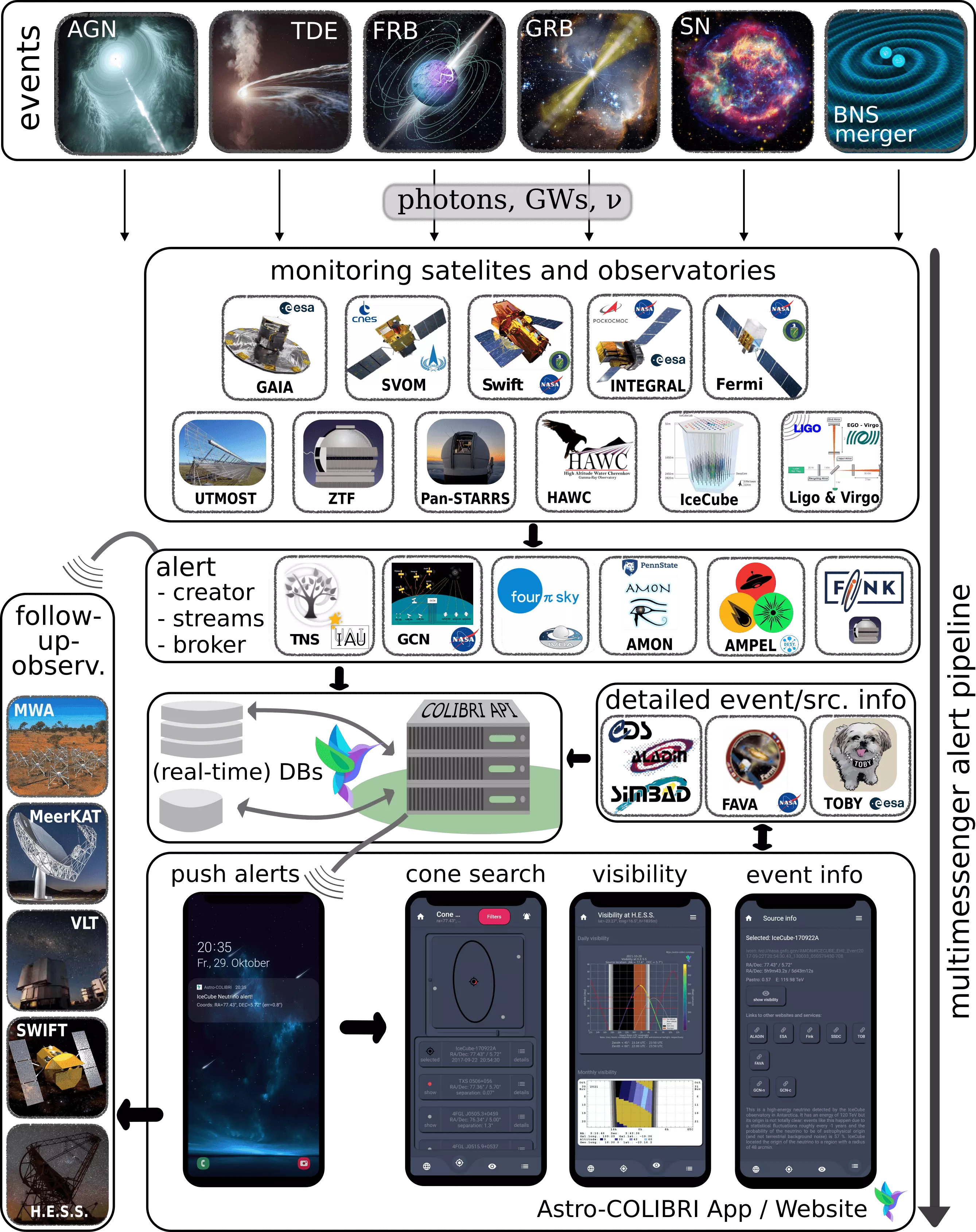2nd Astro-COLIBRI multi-messenger astrophysics workshop
→
Europe/Paris
Institut Pascal
Institut Pascal
Rue André Rivière
91400 Orsay
Description
The key objective of this workshop is to discuss and develop a research agenda on interconnecting software tools for real-time multi-messenger astronomy. This international workshop provides a forum for leading scientists and young researchers to foster communication between developers and users covering a large range of expertise in the production and use of software tools that facilitates life in rapidly evolving real-time multi-messenger astronomy.
Recordings of all presentation are available on the Astro-COLIBRI YouTube channel

Funding and support from: 
Participants
Enquêtes
Participant Satisfaction Survey
